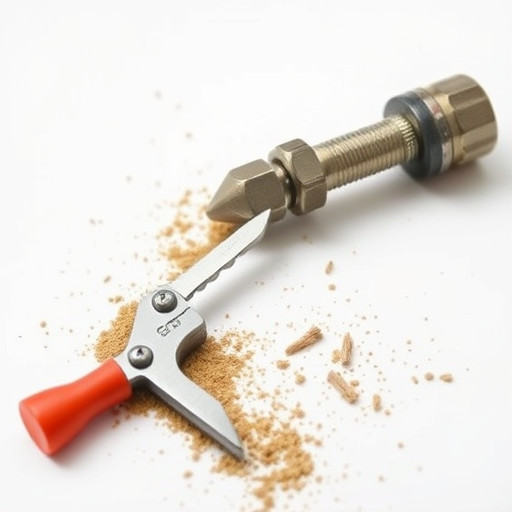Electrical hazards like overloaded circuits and outdated wiring pose significant risks in homes, leading to accidents. To ensure safe home repair and maintenance, regularly check for excessive outlets, distribute power usage across multiple circuits, and conduct inspections for faulty wiring, especially in older homes. Upgrading to modern electrical systems, including surge protectors, smart circuits, and energy-efficient lighting, reduces the risk of fires and shocks while enabling home automation. Prioritize safety during repair work by disconnecting power, using insulated gloves, and following local electrical codes. Smart home electrical upgrades offer enhanced safety, functionality, and convenience through integrated technology like automated lighting and voice-controlled devices.
Electrical repairs and upgrades are essential components of home repair and maintenance, ensuring safety and enhancing functionality. As our homes become more technologically advanced, modern electrical systems play a crucial role in preventing accidents and supporting modern lifestyles. This article guides you through understanding common electrical hazards, upgrading for enhanced safety, adopting practical tips for safe home repairs, and exploring smart home electrical upgrades to transform your living space.
- Understanding Common Electrical Hazards and Their Prevention
- Upgrading for Safety: The Role of Modern Electrical Systems
- Practical Tips for Safe Electrical Repairs at Home
- Enhancing Functionality with Smart Home Electrical Upgrades
Understanding Common Electrical Hazards and Their Prevention
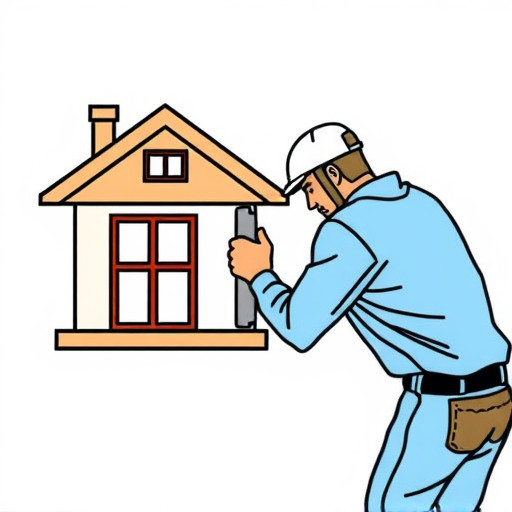
Electrical hazards are prevalent in every home, often going unnoticed until an accident occurs. Understanding these common risks and implementing preventive measures is crucial for safe home repair and maintenance. One of the primary dangers is overloaded circuits, which can lead to fires or electrical shocks. Preventing this involves regularly checking for excessive outlets and appliances on a single circuit, and distributing power usage across multiple circuits where necessary.
Another hazard is outdated or faulty wiring, which can include ancient knob-and-tube wiring or damaged cables. Homeowners should engage in regular inspections, especially in older homes, to identify any signs of wear and tear. Upgrading to modern, safe electrical systems not only enhances functionality but also significantly reduces the risk of electrical fires and shocks.
Upgrading for Safety: The Role of Modern Electrical Systems
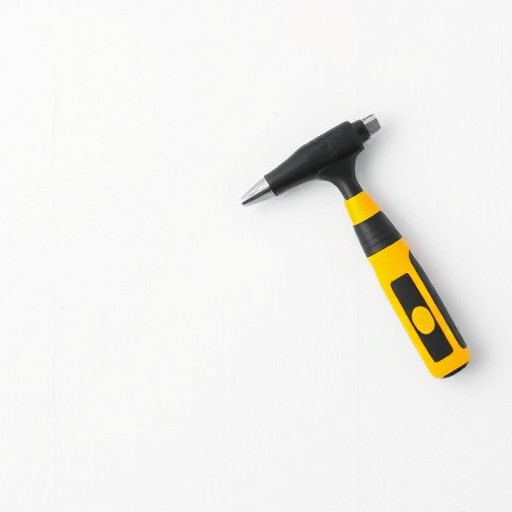
Upgrading electrical systems is an essential aspect of modern home repair and maintenance, focusing on safety first and functionality second. Older electrical wiring and components can pose significant risks, such as fire hazards and electrical shocks. By updating to more recent standards, homeowners ensure a safer living environment for themselves and their families. Modern electrical systems incorporate advanced features like surge protectors, smart circuits, and energy-efficient lighting, all of which contribute to a more secure and manageable home.
These upgrades not only enhance safety but also provide better control over electricity usage. Smart wiring allows for the integration of home automation systems, enabling homeowners to monitor and adjust lighting, temperature, and appliances remotely. This level of functionality not only adds convenience but also helps in reducing energy consumption, resulting in lower utility bills and a more sustainable home.
Practical Tips for Safe Electrical Repairs at Home
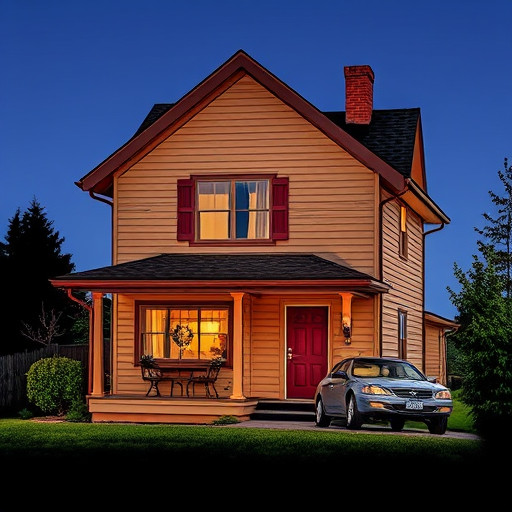
When tackling electrical repairs and upgrades at home, safety should always be your top priority. Before starting any work, ensure that power is disconnected from the affected circuit to prevent accidents. Use a voltage tester to verify the power source’s inactivity before proceeding. Wear protective gear, including insulated gloves and safety glasses, as an added safeguard.
For do-it-yourselfers, it’s essential to identify and label circuit breakers or fuses corresponding to specific areas of your home for quick reference. Regularly inspect electrical panels for signs of damage, corrosion, or loose connections. Keep a well-stocked toolkit with common electrical components like switches, outlets, and cables readily available. Always refer to manufacturer guidelines and consider seeking professional assistance for complex tasks to ensure compliance with local electrical codes and prevent potential hazards.
Enhancing Functionality with Smart Home Electrical Upgrades
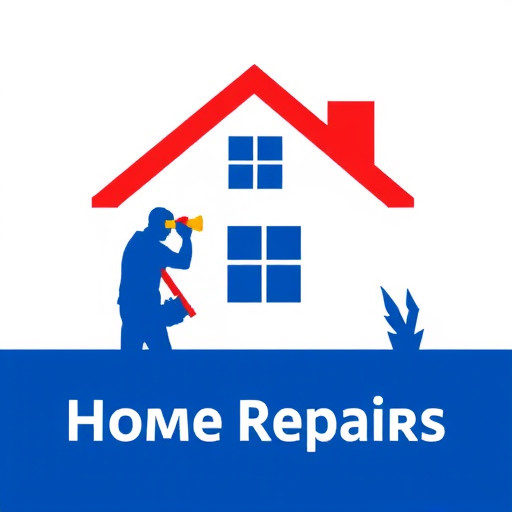
In today’s digital era, home repair and maintenance have evolved significantly with smart home electrical upgrades. These advancements offer more than just enhanced safety; they revolutionize how we interact with our living spaces. By integrating smart technology into electrical systems, homeowners can enjoy improved functionality and convenience. For instance, automated lighting adjusts to natural light levels, saving energy while ensuring optimal illumination. Smart plugs allow for voice-controlled device operation, making everyday tasks more efficient.
These upgrades go beyond basic comfort, providing real-time monitoring and control. Smart thermostats learn energy usage patterns, optimizing heating and cooling systems. Homeowners can remotely adjust settings via their smartphones, contributing to reduced energy consumption and lower utility bills. This technology not only enhances the overall living experience but also plays a crucial role in sustainable home repair and maintenance practices.
Electrical repairs and upgrades are essential components of home repair and maintenance, ensuring both safety and enhanced functionality. By understanding common electrical hazards and implementing modern solutions, homeowners can create a secure and efficient living environment. Whether it’s preventing risks through regular checks or embracing smart home technology, these measures allow for a seamless balance between comfort and safety. Embracing these practices is key to staying ahead of potential dangers while reaping the benefits of updated electrical systems.
